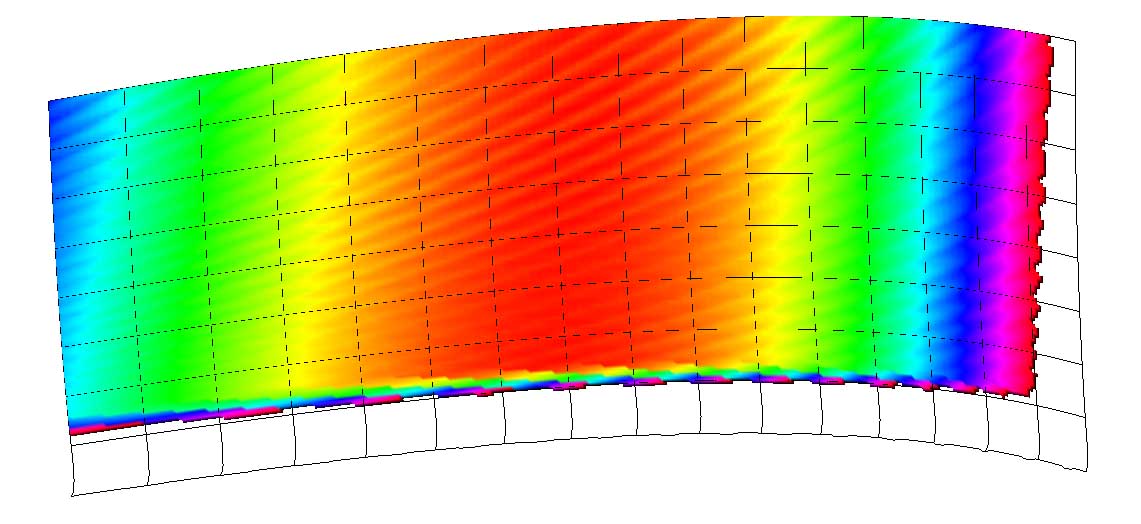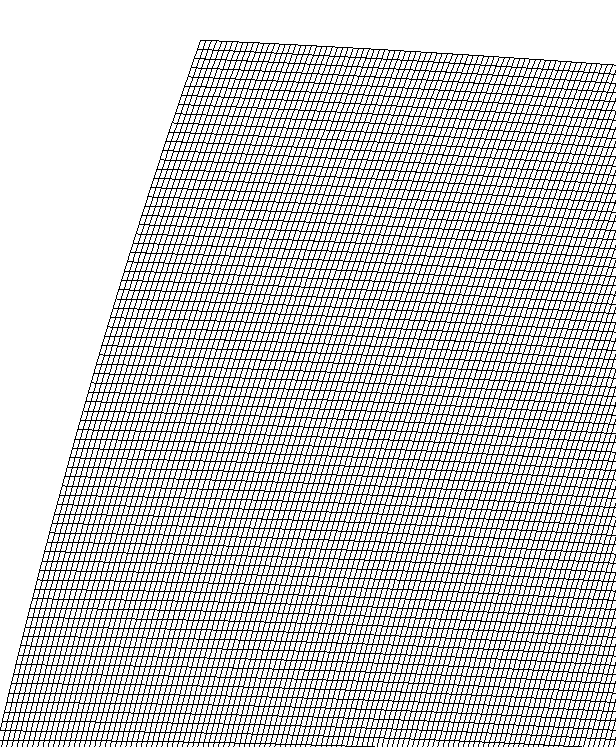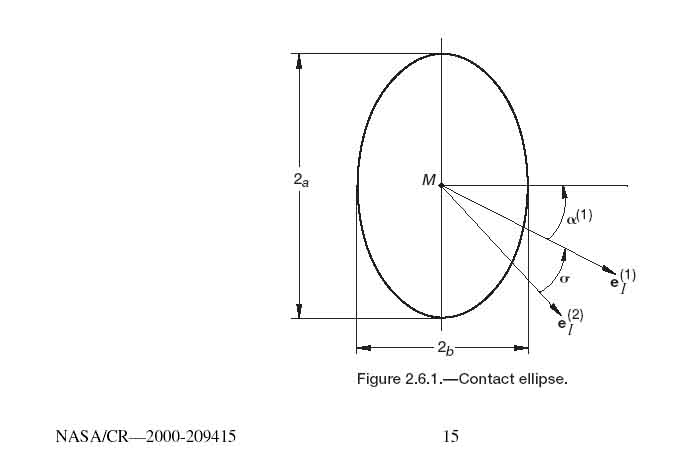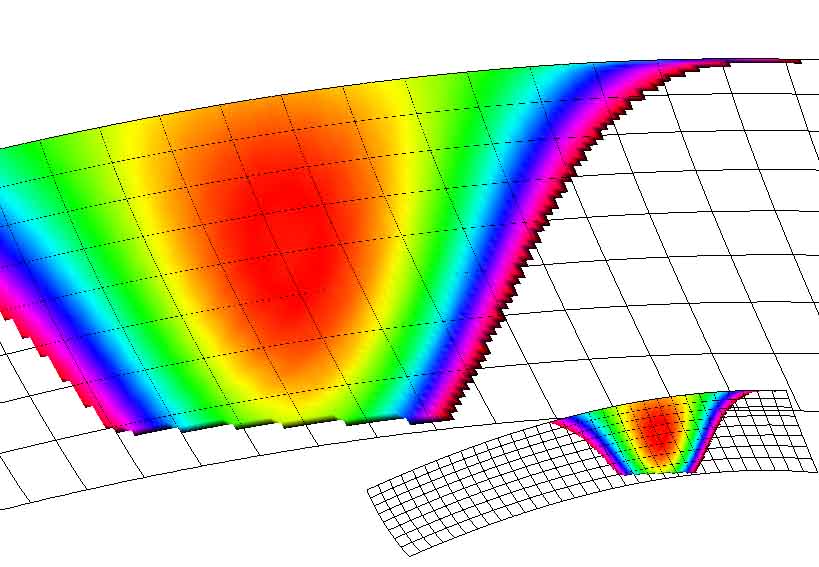


INTERACTIVE VISUALIZATION WITH PARALLEL COMPUTING FOR GEAR MODELING.
Dr. Stepan V. Lunin. 2000
ABSTRACT.
Using parallel processing can increase speed of complex calculations of gear geometry, tooth contact and stresses. The speed of calculation can be increased up to a point of having instant calculation results for changing input parameters. The 3d-computer model of the gear, the visualization of the tooth contact and the stress simulation are updated instantly with changing of initial design data. The new method of computing reduces the design and development cost, but more importantly the new method provides interactive visualization. The new interactive visualization brings up new beneficial options for design and development that was not available with old calculation methods. Unlike old methods the interactive visualization gives a real understanding of the tendency in a design process. Fast processing of the new method provides 1000 times higher resolution of the output data for a better visual evaluation by an operator.
INTRODUCTION.
The modern technology widely utilizes computer-modeling tools for design and development of gear drives. Complex gear tooth geometry makes it impossible to design and manufacture quality gears without using different computer modeling products. Spiral bevel, hypoid, globoid, worm and worm face gears are the examples of applications where complex modeling software applied. All the existed software programs have been developed long time before fast computing became available. The software code was based on the fact that it will take some time to process the input data. The well-known examples are the software packages for spiral bevel gears offered by Gleason Works or Oerlikon-Klingelnberg.
BENEFITS OF FAST DATA PROCESSING.
The images below represent some of the examples how the fast processing can improve the computer simulation. The images are generated on a multiprocessor computer using parallel calculation.
Simulation of misalignments of faced hobbed hypoid gear.




Simulation of mounting misalignment on Wildhaver-Novikov gear set.

The fast data processing is not only about the product development time. It is very much about of the accuracy and resolution of the calculation results. The demand for higher resolution in engineering calculations is increasing much faster than the speed of the processors. The problem with high resolution is in not a proportional correlation between the processor speed and the level of resolution. In order to double the resolution the same program has to run 8 times longer. It is very important to have a better mathematical solution for high-resolution calculations. The other problem is in the processor speed. The speed of the processor that does calculations in one stream is limited by the speed of transmitting electronic signal. The speed of light in vacuum is 300000km/sec. The speed of electronic signal in copper is 100000 km/sec. The modern processors are approaching this limit. The parallel processing seems to be the only solution for a better computer modeling methods. Multiprocessing is already widely available. Unfortunately the existed gear software products are not adopted for parallel processing.
The presented images are generated on a new fast running gear simulation program. You can notice the difference in achieved resolution of the calculation results.
Nominal combined tooth contact for spiral bevel face hobbed gear set.

257 x 513 mesh was used to generate the presented images.

NEW SCIENTIFIC DISCOVERIES
The high resolution of the geometry simulation helped to discover the correct form of the contact pattern on Wildhaver-Novikov (WN) tooth form. The high-resolution simulation of the contact area of Wildhaver-Novikov gear tooth shows, that the current opinion about the form of the contact arae is incorrect. Computerized simulation based on the old theory of gearing predicts an elliptical form of the contact area on WN gears: Faydor L. Litvin, Pin-Hao Feng, and Sergei A. Lagutin "Computerized Generation and Simulation of Meshing and Contact of New Type of Novikov-Wildhaber Helical Gears" NASA CR-2000-209415 ARL-CR-428, October 2000, page 15.
http://gltrs.grc.nasa.gov/cgi-bin/GLTRS/browse.pl?2000/CR-2000-209415.htmlIncorrect computerized simulation of the Wildhaver-Novikov contact presented by NASA.

The high resolution computer simulation calculates correct form of Wildhaver-Novikov tooth contact form. The correct area of the contact is not symmetrical. The correct contact form deforms more for smaller number of teeth or with smaller difference in concave/convex meshing radiuses on the tooth profiles.
Correct computerized simulation of the Wildhaver-Novikov contact presented by the author.

Home page: www.zakgear.com